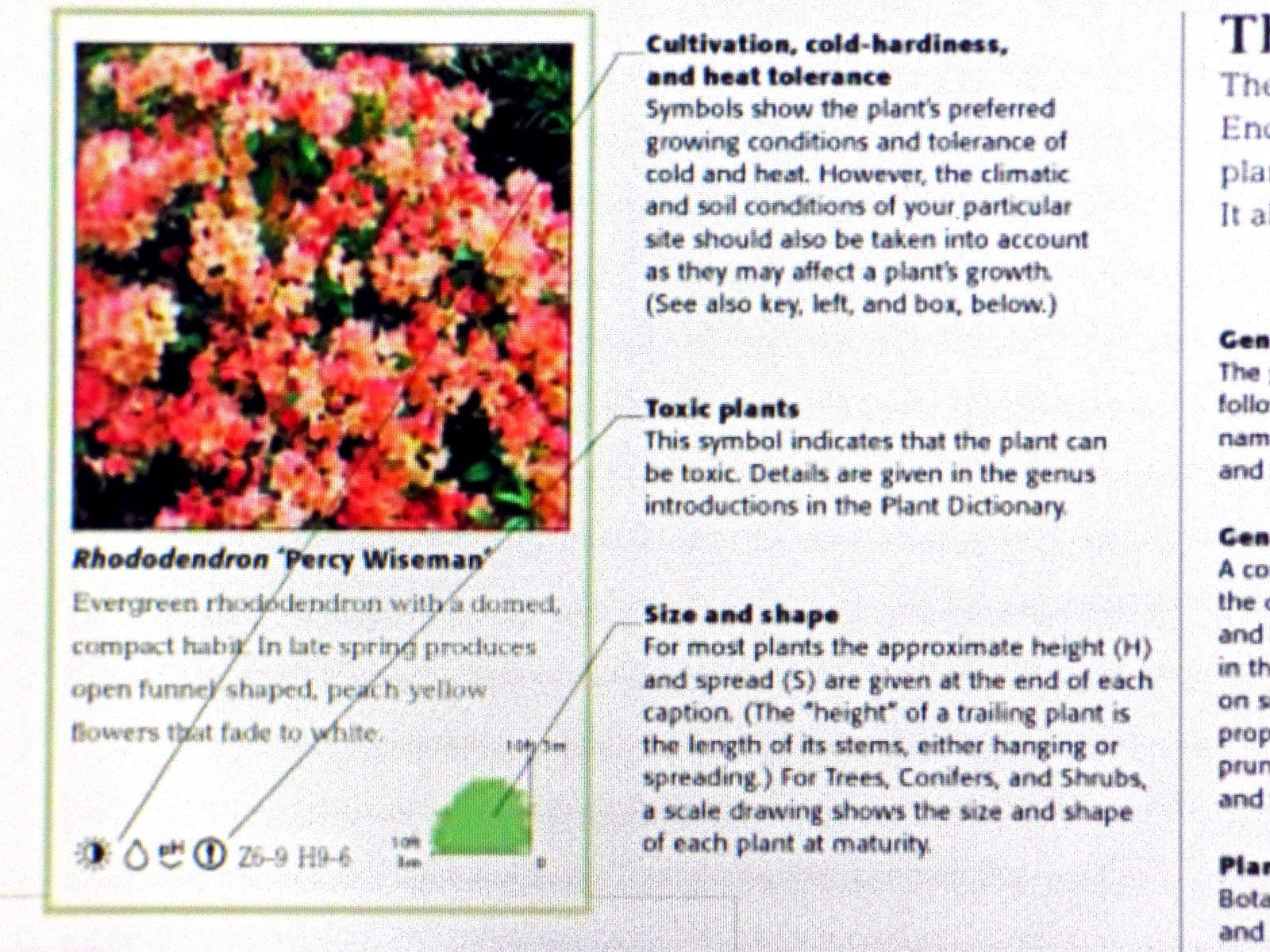Plant Care Abbreviations: Information On Plant Acronyms In Gardening


Gardening, just like any area, has its own language. Unfortunately, just because you garden doesn’t mean you’re at all fluent in the language. Nursery and seed catalogs are full of plant abbreviations and acronyms and, maddeningly, a lot are specific to each company. There are some, however, that are pretty consistent across the board and an understanding of them will help greatly in figuring out just what you’re looking at. Keep reading to learn about understanding landscape abbreviations and plant acronyms in gardening.
Common Garden Nursery Abbreviations
So, what’s the key to understanding landscape abbreviations? Some plant abbreviations are very simple and often mean the same thing from nursery to nursery. One of these is “cv,” which stands for cultivar, a distinction given to a type of plant that has been developed by humans and does not grow in nature. Another is “var,” which stands for variety. This is a specific type of plant that does grow in nature. One more is “sp,” which stands for species. A species is a subgroup of plants in a genus that can all interbreed.
Plant Acronyms in Gardening
Beyond these few, it’s hard to find continuity among nurseries. Some garden nursery abbreviations can mean very different things depending upon who you talk to. For instance, one nursery’s “DT” may stand for “drought-tolerant,” while another may stand for “dry tropical.” One’s “W” may stand for “wet conditions” while another may stand for “West.” These plant care abbreviations can get awfully confusing, so it’s best to look for a key in your catalog. Oftentimes, it should be easy to deduce, especially if the plant abbreviations contain three or more letters. “Hum” is not likely to be anything but “hummingbird,” and “Dec” is probably only going to stand for “deciduous.” It’s a confusing and varied system, but with a little practice, you should at least be able to get a feel for it. In addition to common abbreviations and acronyms in gardening, you may also come across pictures or symbols in a plant or nursery catalog. Again, referring to the individual catalog’s key will help identify what these symbols represent.
Sign up for the Gardening Know How newsletter today and receive a free copy of our e-book "How to Grow Delicious Tomatoes".

The only child of a horticulturist and an English teacher, Liz Baessler was destined to become a gardening editor. She has been with Gardening Know how since 2015, and a Senior Editor since 2020. She holds a BA in English from Brandeis University and an MA in English from the University of Geneva, Switzerland. After years of gardening in containers and community garden plots, she finally has a backyard of her own, which she is systematically filling with vegetables and flowers.